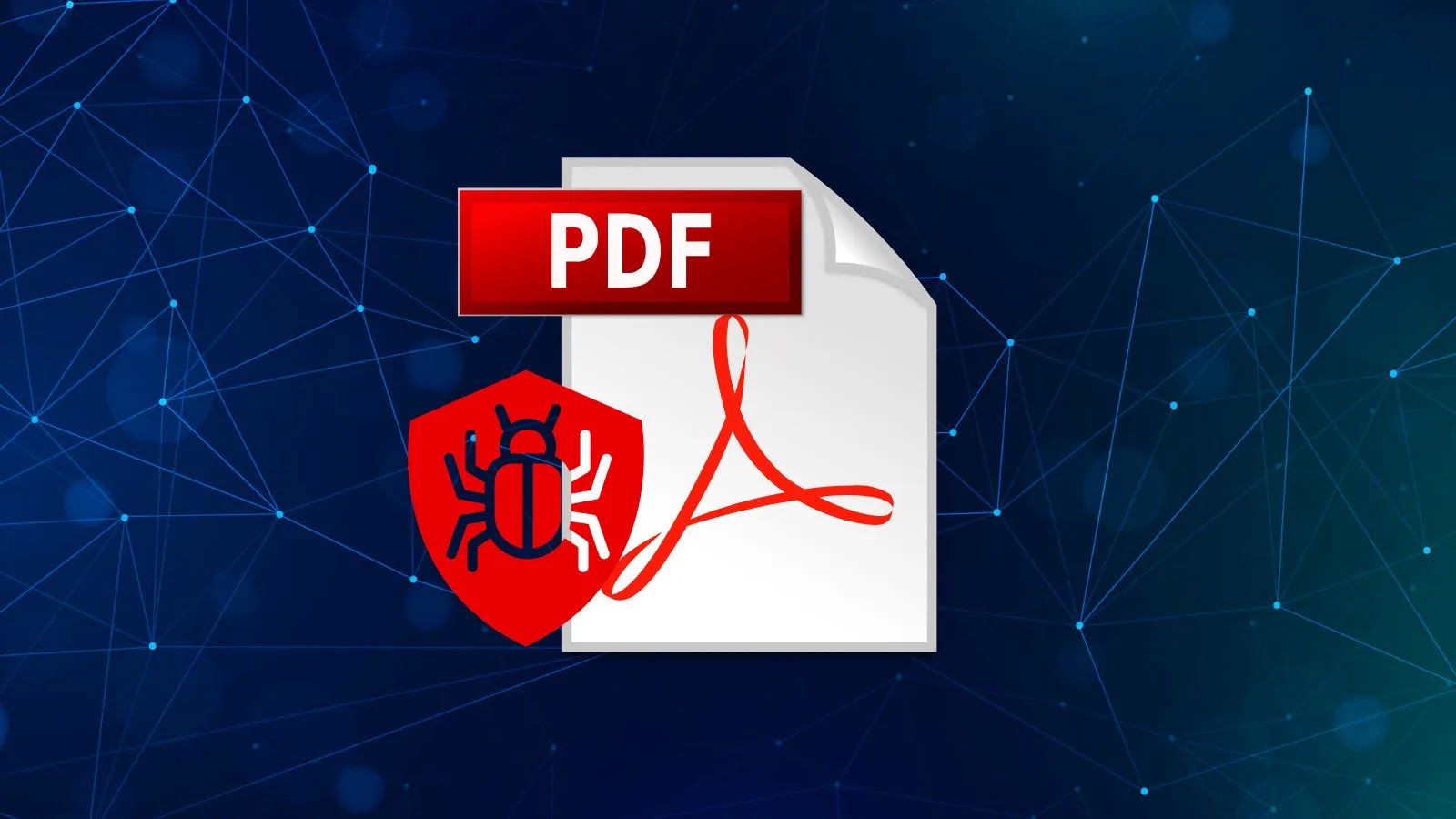In the ever-evolving landscape of cybersecurity, malicious actors continually adapt their methods to exploit common file formats, with Portable Document Format (PDF) files being a prime target. Recognizing this, Proofpoint has developed and released an open-source tool named PDF Object Hashing, designed to enhance the detection of malicious PDFs by analyzing their structural fingerprints.
Understanding the Threat Landscape
PDFs are ubiquitous in both personal and professional settings, making them an attractive vector for cyberattacks. Threat actors frequently embed harmful elements within PDFs, such as links to malware downloads, QR codes leading to phishing sites, or counterfeit invoices impersonating reputable organizations. These tactics can initiate attack chains resulting in the deployment of remote access trojans or the theft of sensitive data.
The inherent complexity and flexibility of the PDF format present significant challenges for detection. Features like multiple valid whitespace types, compressible cross-reference tables, and interchangeable object parameters allow for endless variations, complicating the identification of malicious content. Additionally, encryption can obscure critical details, such as malicious links, further hindering detection efforts.
Introducing PDF Object Hashing
Traditional detection methods often rely on volatile elements like URLs or images, which can be easily altered by attackers to evade detection. PDF Object Hashing addresses this issue by focusing on the document’s structure. The tool parses the PDF’s object hierarchy, extracting specific types such as Pages, Catalog, XObject/Image, Annotations/Link, Metadata/XML, Producer, and Font/Type1. These elements are concatenated in a specific order and hashed to create a stable fingerprint, similar to an import hash (imphash) used for executables.
This approach allows security teams to develop robust threat detection rules based on unique object characteristics within PDF files. By concentrating on the structural aspects of the document, the tool can identify related malicious files, even as attackers modify superficial elements to evade detection.
Real-World Applications
Proofpoint has successfully applied PDF Object Hashing to track various threat actors. For instance, the tool was instrumental in identifying UAC-0050, a cluster targeting Ukraine with encrypted PDFs masquerading as OneDrive documents. These malicious PDFs delivered NetSupport RAT via JavaScript-laden URLs, effectively evading traditional parsers due to encryption. By analyzing the structural similarities through hashing, security teams were able to rapidly create signatures and block the associated payloads.
Similarly, the tool has been used to monitor UNK_ArmyDrive, an India-based actor active since May 2025. This group utilizes PDFs in business email compromise (BEC) schemes, such as fake documents purportedly from the Bangladesh Ministry. The structural analysis provided by PDF Object Hashing enabled the identification and mitigation of these threats.
The Importance of Structural Analysis
The development of PDF Object Hashing underscores the necessity of focusing on the structural components of documents for effective threat detection. By shifting attention away from easily changeable elements and towards the inherent architecture of the file, security professionals can more accurately attribute malicious PDFs to specific threat groups. This method enhances the ability to track and mitigate threats, even as attackers continually evolve their tactics.
Conclusion
As cyber threats become increasingly sophisticated, tools like PDF Object Hashing are essential for staying ahead of malicious actors. By providing a means to analyze and detect malicious PDFs based on their structural fingerprints, this tool empowers security teams to develop more effective detection rules and improve overall cybersecurity posture.



